Thinking about refinancing your home loan? As a tradie, you know that having the right tools makes any job run smoothly. The same principle applies when you're looking to refinance – having your documentation sorted from the start can make the difference between a quick approval and months of back-and-forth with lenders.
Whether you're looking at accessing a lower interest rate, wanting to consolidate debts, or planning to release equity to buy the next property, getting your paperwork organised is the first step towards better loan options.
Why Proper Documentation Matters
When finance & mortgage brokers assess your application, they need to paint a clear picture of your financial situation for potential lenders. Banks and lenders across Australia all have different requirements, but they're all looking for the same thing – confidence that you can handle your loan repayments.
Having complete documentation upfront means your broker can access loan options from multiple lenders quickly, potentially saving you thousands in interest over your loan term.
Essential Documents You'll Need
Income Documentation
• Recent payslips (usually last 2-3 months if you're employed)
• Tax returns for the past two financial years
• Notice of Assessment from the ATO
• If you're self-employed or run your own trade business: profit and loss statements, business activity statements, and accountant-prepared financials
Bank Statements
You'll need bank statements for all accounts covering the last three months. This includes:
• Transaction accounts
• Savings accounts
• Business accounts
• Credit card statements
Lenders want to see your spending patterns and how you manage money day-to-day.
Property Documentation
• Current loan statements
• Property valuation (if you have a recent one)
• Council rates notice
• Body corporate statements (if applicable)
• Property insurance details
Identification and Personal Details
• Driver's licence
• Passport or birth certificate
• Medicare card
• Marriage certificate (if applicable)
Additional Documents for Specific Situations
If Your Fixed Rate Period is Ending
Your current loan statement showing the upcoming rate change and new repayment amount will help demonstrate why you're refinancing.
For Debt Consolidation
Gather statements for all debts you want to consolidate, including:
• Personal loans
• Car loans
• Credit cards
• Store cards
• Any other outstanding debts
Releasing Equity in Your Property
If you're looking to access equity, you might need:
• Quotes for renovations or investments
• Purchase contracts (if buying another property)
• Business plans (if funding business expansion)
Organising Your Documentation
Create separate folders for each category of documents. Many brokers now accept digital copies, so scanning everything and keeping it organised on your computer or cloud storage makes the application process much smoother.
Make sure all documents are:
• Clear and readable
• Complete (don't submit partial statements)
• Recent (check expiry dates on identification)
• Consistent (names and addresses should match across all documents)
Understanding Your Refinancing Options
Once you have your documentation ready, you can explore different loan structures:
Interest Rate Options
• Variable interest rate: rates can change with market conditions
• Fixed interest rate: locked rate for a set period
• Split loans: combination of fixed and variable
Loan Term Considerations
You might want to change your loan term when refinancing. A shorter term means higher repayments but less interest paid overall. A longer term can reduce loan repayments but increases total interest costs.
Working with Mortgage Brokers
A mortgage broker who understands the trades industry can help you access loan options that suit your specific situation. They can check eligibility for special lender policies and guide you through the streamlined application process.
Different lenders have varying requirements for tradies, especially if you're self-employed or work as a contractor. Some lenders are more flexible with income verification, while others might offer specific products for trade professionals.
Common Documentation Mistakes to Avoid
• Providing incomplete bank statements
• Forgetting to include all income sources
• Not declaring all existing debts
• Using outdated property valuations
• Submitting unclear or illegible copies
When to Start Gathering Documents
Start collecting your paperwork at least a month before you want to refinance. This gives you time to request any missing documents from banks, accountants, or government agencies without holding up your application.
If your fixed rate period is ending soon, don't wait until the last minute. Refinancing can take several weeks, and you don't want to get stuck on a higher variable rate while your new loan processes.
Having your documentation ready means you can move quickly when you find the right refinance opportunity. Interest rates and loan terms can change, so being prepared lets you take advantage of good deals when they appear.
Whether you're looking to reduce your loan amount, access funds for your next project, or just want more favourable terms, proper preparation makes all the difference.
Call one of our team or book an appointment at a time that works for you. We understand the unique challenges tradies face and can help you find refinance interest rates and loan options that work with your lifestyle and business needs.



